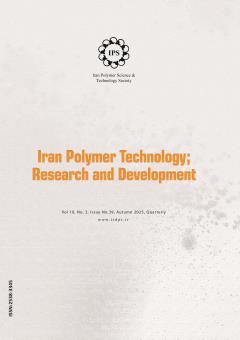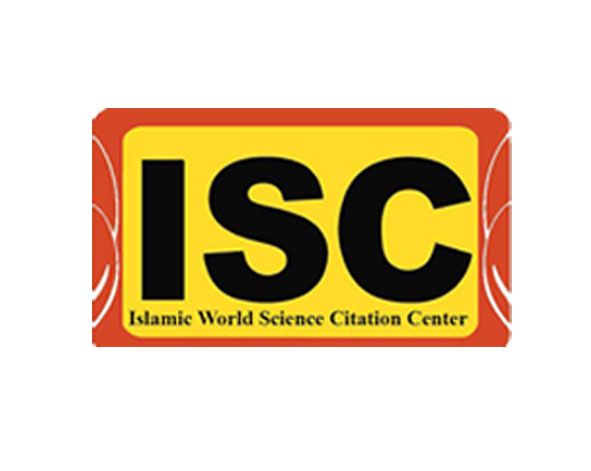About the journal
Recent Articles
Most Viewed Articles
-
Open Access Article
1 - -
hajar jamshidiIssue 2 , Vol. 2 , Summer 2017 -
Open Access Article
2 - -
سید مرتضی نقیبIssue 3 , Vol. 2 , Autumn 2017 -
Open Access Article
3 - -
samaheh sadat sajadiIssue 2 , Vol. 2 , Summer 2017 -
Open Access Article
4 - -
mohammadreza moghbeliIssue 1 , Vol. 2 , Spring 2017 -
Open Access Article
5 - -
azam ghasemiIssue 2 , Vol. 2 , Summer 2017 -
Open Access Article
6 - -
fahimeh askariIssue 1 , Vol. 2 , Spring 2017 -
Open Access Article
7 - -
leila najiIssue 1 , Vol. 2 , Spring 2017 -
Open Access Article
8 - -
mina alizadeIssue 4 , Vol. 6 , Winter 2022 -
Open Access Article
9 - An overview of the molecular template polymer sensor based on graphene quantum dots
seyed mohammad reza milani hoseini * ، parizad mohammadnejad ، elaheh jabbariIssue 1 , Vol. 5 , Spring 2020 -
Open Access Article
10 - -
Sattar Mohammadi EsfarjaniIssue 2 , Vol. 6 , Summer 2021





